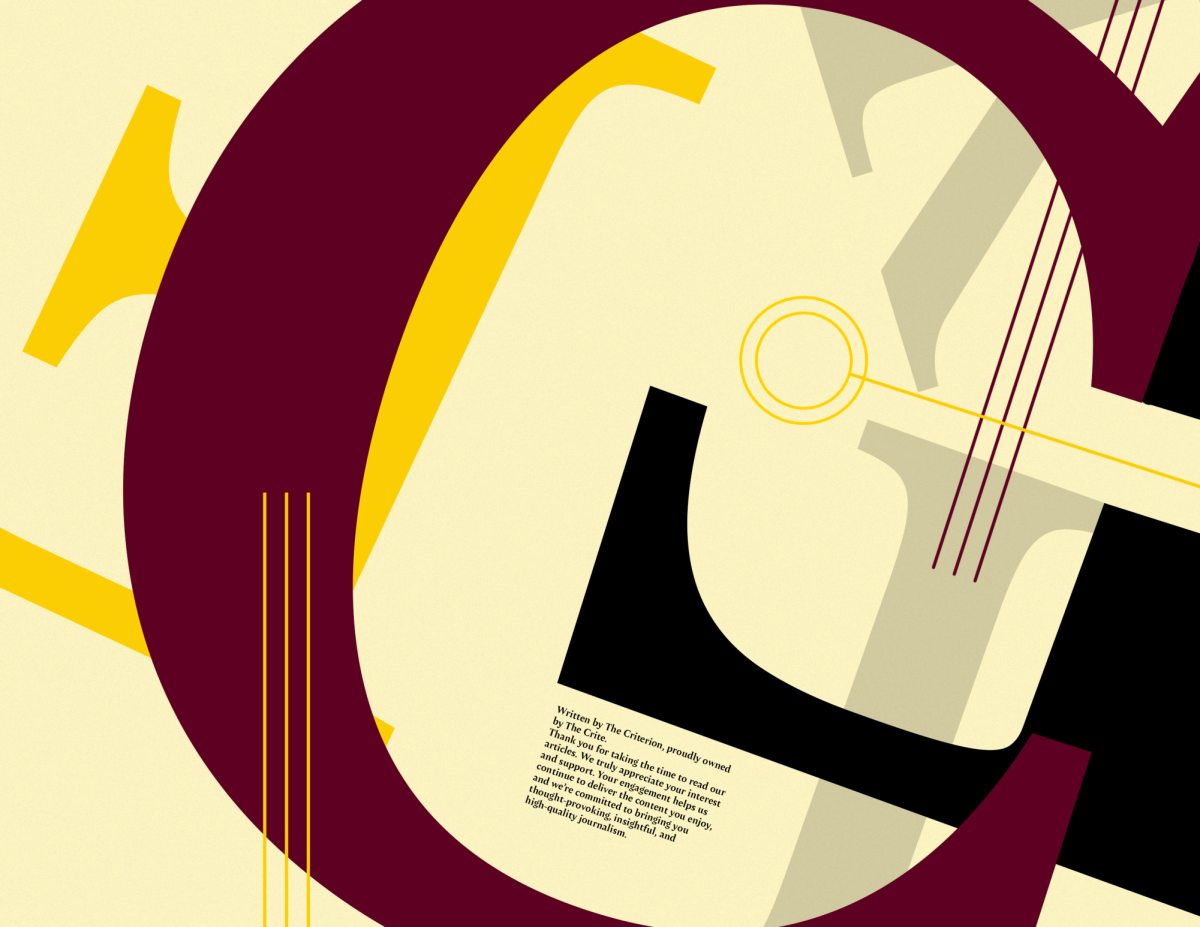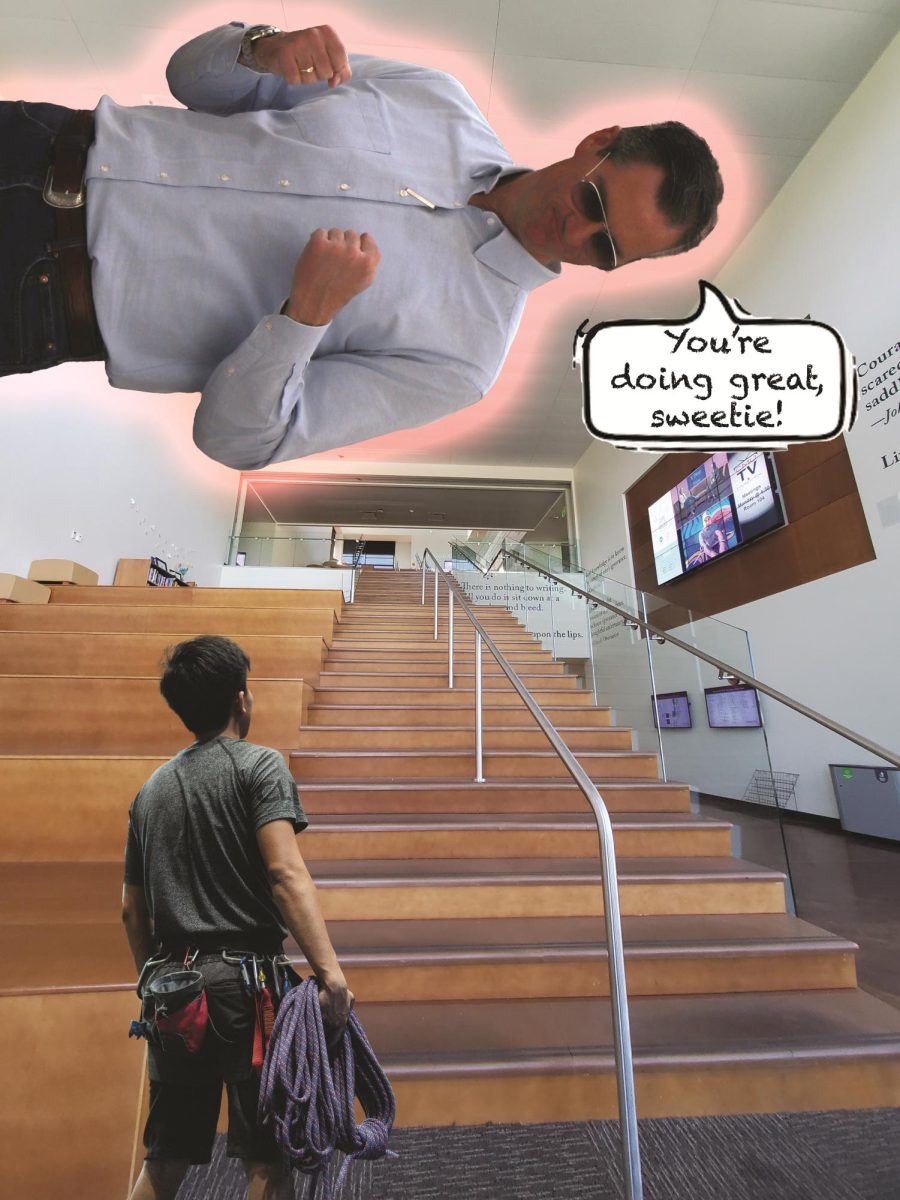“I was very much a teenage goth, and it was something that I kind of ended up gravitating towards and now I am an adult goth with a job,” Professor Rebecca Woods said.
These were the words this awesome professor said to me in our conversation after I had the privilege of sitting through her Foundation Drawing I class.
As I sat in the classroom, I felt sort of out of place. Everyone was coming in for a class and grabbing easels and chairs, setting up art supplies and making sure they were ready. I was off to the side standing with my bag and camera. I figured it would be best to sit on a stool behind everyone.
Woods came in dressed mostly in black and wearing a scarf that had skulls on it. The only thing I knew about her at this point was 1) she is an art professor and 2) she has a fascination with macabre art (artwork that has the quality of a grim or ghastly atmosphere to it).

“I would say, I do have a fascination with [macabre] but it’s not the one thing that my artwork in my practice is exclusively about, it’s something that comes into it though,” Woods said. “Probably the biggest assignment that I use that gets people to think about it is the midterm project that I do in my 151 class, which is a traditional type of artwork known as a Vanitas painting. It was very very common in the 1600s by Dutch painters and it’s a still life that features objects that are meant to remind you of mortality objects in a Vanitas image or what are called Memento Mori.”
We started with a warm-up while Woods took role. Most of it was just finger exercises and maneuvers to stretch out the hands and wrists. Speaking with her later, these are done to help her students prevent arthritis and carpal tunnel or any other problems later in life.
After the warm-up, she began to lecture her students on value, the amount of lightness and darkness in a work of art, and why it is important. While she was lecturing, she encouraged her students to draw in their sketchbooks and take notes.

Woods taught the class with a three-foot wooden dowel, which she used to point to things on the PowerPoint. She is very knowledgeable and takes a hands-on approach to
“Professor Woods is a great professor because she is able to explain things in ways that I have not heard them explained before. She has a lot of experience teaching her course as well and uses her past experience to alter the course going forward and to tailor it to each different class,” Aiden Ocampo, a Freshman majoring in Studio Art at CMU said in an email statement to The Criterion.
As we were done with the lecture, still life objects were set up with lights hitting them at different angles for the class to draw. After taking a few photos, I pulled out my sketchbook and began to draw myself. Woods came around and gave me a few pointers for my simple sketches.

“The best thing about teaching art is the fact that I get to work with people, to help them create what it is that they want to create,” Woods said.
My experience sitting in her class was a great one. She made learning a new subject matter interesting and exciting. If I ever decide to take an art class, hers will be at the top.
“Students should take her class if they want to build their foundational drawing skills and work on the basic concepts of drawing. Even if you are a beginner or someone who has not had much experience artistically, this is a good class to take because it builds a strong base for you to grow as an artist. It’s a lot of work at times, and that’s one of the best ways to grow your skills – practice, practice, practice – something that Professor Woods takes to heart,” Ocampo said.














Eryn • Oct 25, 2019 at 12:05 pm
You are amazing with incredible tallent!!!